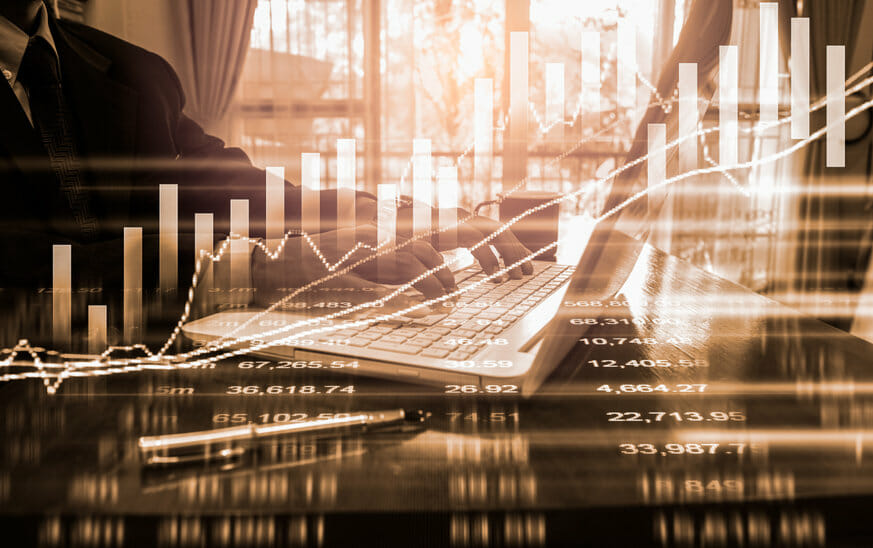Trading has existed in some form for a while, to say the least, and throughout its history, there has been the need for both sell and buy sides to share in the convenience of evolution. The digital era in which we live has done just this via the innovation of the side trading platform. Both sell and buy sides have found to be a convenient way of playing their roles in trade, according to InfoReach.
LEARN MORE: Read the latest business news here
For anyone wondering about the reasons behind this, it might be because the role of these intermediaries is less widely understood. Let’s get insights into such platforms and explore the latest innovations, especially with AI leading the way.
How the platforms can benefit investors
STF are essentially digital marketplaces through which the online trading of securities takes place. The securities traded here are varying, and include the likes of the following:
- Stocks
- Mutual funds
- Bonds
- Exchange-traded funds
The basic idea is that major institutions like banks and brokerages have these marketplaces built to connect the buy and sell sides. They’re given access to the accounts, as well as the numerous features that one can employ in them, which may be for free or for a small fee.
Essential features and varieties
The goal of these platforms is pretty much the same, however, to some extent, you may find a few variations. Let’s check the features you’re likely to find on them:
- News feeds
- Live charts
- Stock screener
- Tools that allow for research
Such a type of trading service typically comes in two forms, namely the commercial and the proprietary varieties. The former is the more used of the two and is open to just about every type of trader; while the latter is custom-built for large firms, who gain direct access to the market as a result. These can cater to multiple areas of the financial market, including stocks, forex, and everything in between.
Why it matters and its impact
Several key factors contribute to the popularity of such services. For example, millions of people download trading platforms annually. Other things can be pointed to as reasons for this, and below are just a few main points people would use such a solution:
General convenience
Markets, whichever kind they may be, are typically constantly moving 24/7, which means that you’ll need the means to trade without having to call human brokers to provide the link to floors. While the side trading platforms won’t instantly allow you 24/7 trading, it gives you the ability to trade anywhere, at any time, hence doing it at your convenience.
The lack of middleman
The lack of brokers as middlemen is beneficial for one primary reason, which is that it puts all the trading power in your hands. As such, you won’t need to worry about their faults, which may include incorrect action due to human error or even malicious activity.
A lower price tag
This lack of brokers is also beneficial because they won’t need to be paid to run operations from an organized base or for all the other things they do. Platforms such as the ones in question will require the payment of fees in some cases, but even these aren’t as high as with the traditional alternative.
Greater data availability
Due to the many features possessed by these sites, as well as their online presence, the amount of data they can access is quite immense. This is only heightened when you realize that said information can be provided in real-time, which allows for better decision-making, especially for day traders with an affinity for high-frequency trading and rely on real-data.
Then, there are the analytics tools that can be provided online, which allow for heightened awareness. All this means that through these services, you have the tools available to handle data as you should.
Speedy activity
Because all activity is facilitated by the Internet, which allows the platform to be the primary intermediary, executing trades online is pretty much instant. This is because the usual processes that your standard old-school broker will undertake to execute trades are much longer.
The role of the emerging tech
The emerging tech being referred to in this piece is artificial intelligence, which many would argue is the technology that has the most promise in space. How? Well, consider that even as it stands, trading platforms allow for more facilities that push them toward automation. As such, algorithmic trading has been a thing for quite some time, and its benefits lie in the fact that not much human input, outside of the initial instructions, is needed for automation.
What AI can do is heighten these abilities, mainly through the potential abilities it has. With AI on such a service site, not only can trades be automatically executed, but the models built can quickly analyze huge datasets that no human can feasibly do. This, in conjunction with AI’s ability to learn, can lead to not only automation but smart choice-making.
Opportunities: AI solutions that matter for traders
Now, it should be noted that as it stands, AI is still developing quite a bit, and while products such as trading bots and AI-based analytics are things that platforms, even in the present, have, they aren’t super intuitive yet. That said, there should be a lot of emphasis on the word “yet” because the tech is still developing.
Regardless, current AI tools are beyond useful to traders today, as they maximize speed and opportunities via data analytics and the ability to execute trades on a wide scale without stopping. This will only grow as the tech does.
Final thoughts
The financial market is always on the move, and the reality is that it is more so now than it’s ever been, which means that you’ll need tools to maximize the opportunities that present themselves. A side trading platform is exactly what is necessary to do this, and this is highlighted in the benefits it provides.
Essentially, via the features, as well as its placement online, traders can trade quickly and efficiently and execute as many trades as possible. These particular abilities are only heightened when tech such as AI comes into the fray with its increased data processing and trade automation — features that more companies are expected to adopt in the future.




